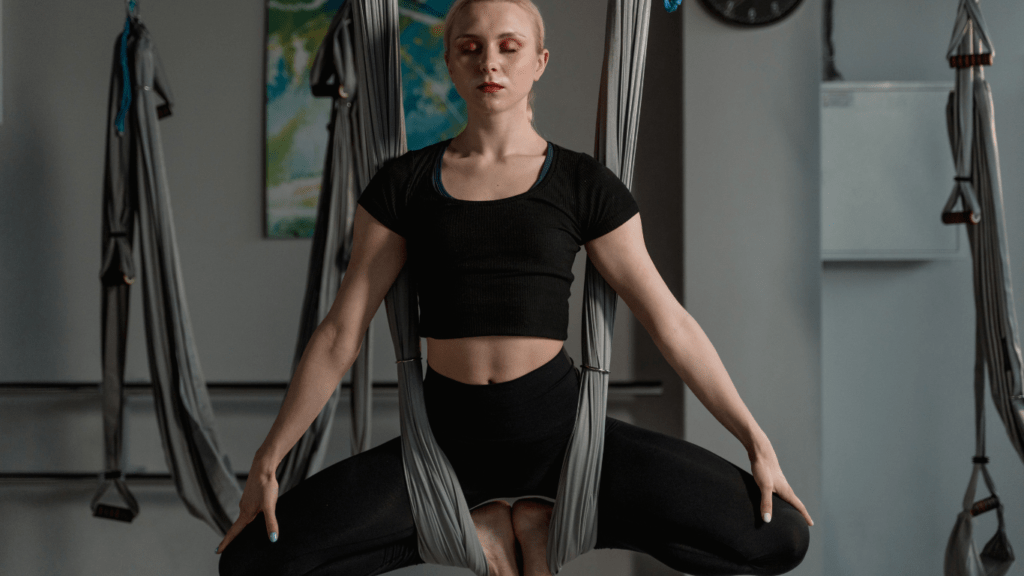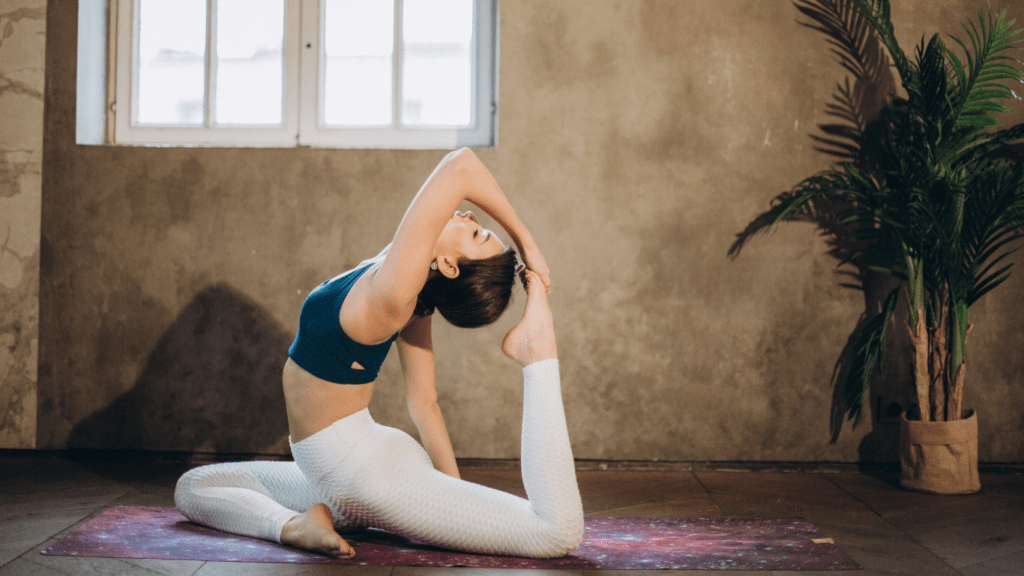
Yoga Journey is a transformative practice that not only benefits your physical health but also nurtures your mental and spiritual well-being. If you’re new to yoga, embarking on this journey can be both exciting and daunting. This guide is designed to help beginners like you navigate the world of yoga, from understanding its origins to mastering basic poses and finding your inner peace. Let’s dive in step by step.
Yoga has its roots in ancient India, dating back thousands of years. It was developed as a holistic approach to achieving balance and harmony in one’s life. The word “yoga” itself means to unite or join, signifying the connection between the mind, body, and spirit.

One of the fundamental philosophies of yoga is the belief in self-realization and self-discovery. It encourages you to explore your inner self and connect with your higher consciousness.
There are various paths of yoga, each catering to different aspects of your being. These include Hatha Yoga (physical postures), Bhakti Yoga (devotion), Karma Yoga (selfless service), and Jnana Yoga (knowledge).

As a beginner, it’s crucial to select a yoga style that suits your needs and preferences. Some popular options for beginners include Hatha, Vinyasa, and Yin Yoga.
Having a knowledgeable and experienced yoga instructor can make a world of difference in your practice. Look for certified instructors who can guide you safely.
The Mountain Pose is a foundational posture that teaches you proper alignment and grounding.
This relaxing pose helps release tension in the back and shoulders and is perfect for resting between more challenging poses.
This particular pose is great for strengthening the entire body, with special emphasis on certain areas. Arms and legs, while also providing a gentle stretch.
Cobra Pose helps improve posture and flexibility in the spine, making it an excellent pose for beginners.
Yoga incorporates an essential component known as Pranayama, which is the practice of regulating one’s breath. Learning to control your breath helps calm the mind and increase awareness.
In yoga, each movement is synchronized with your breath. This connection enhances the flow of energy in your body.
Yoga isn’t just about physical postures; it also involves meditation and mindfulness practices to quiet the mind and find inner peace.
Understanding the chakras, or energy centres, in your body can deepen your yoga practice and spiritual journey.
Embarking on your yoga journey as a beginner is a beautiful exploration of self-discovery and well-being. By understanding the origins, starting your practice, mastering basic poses, and nurturing your mind and spirit, you’ll find a path to holistic health and inner peace.